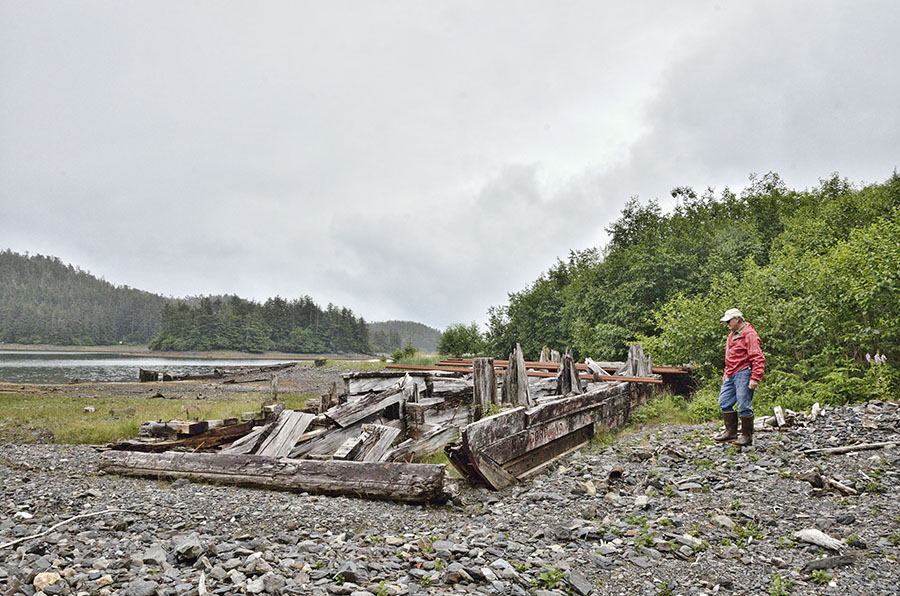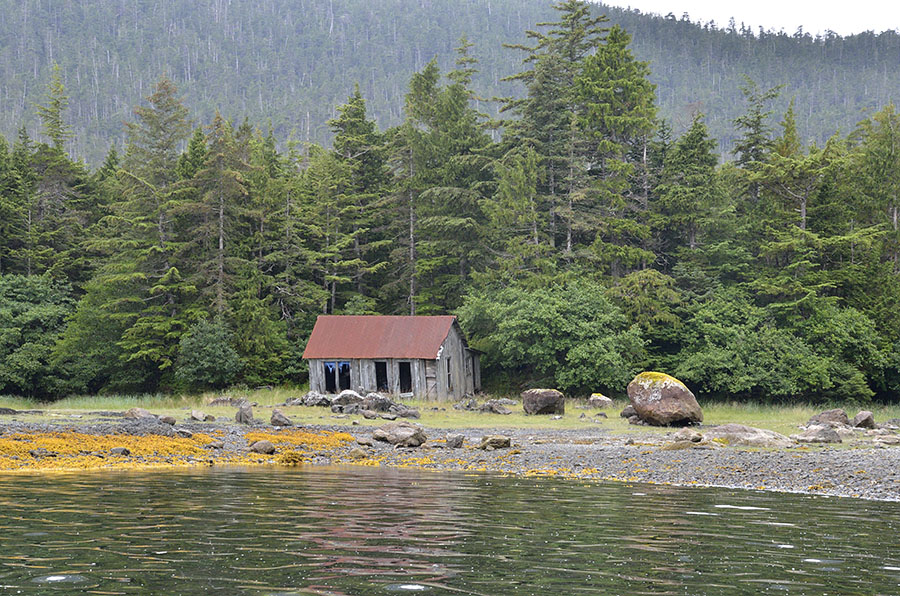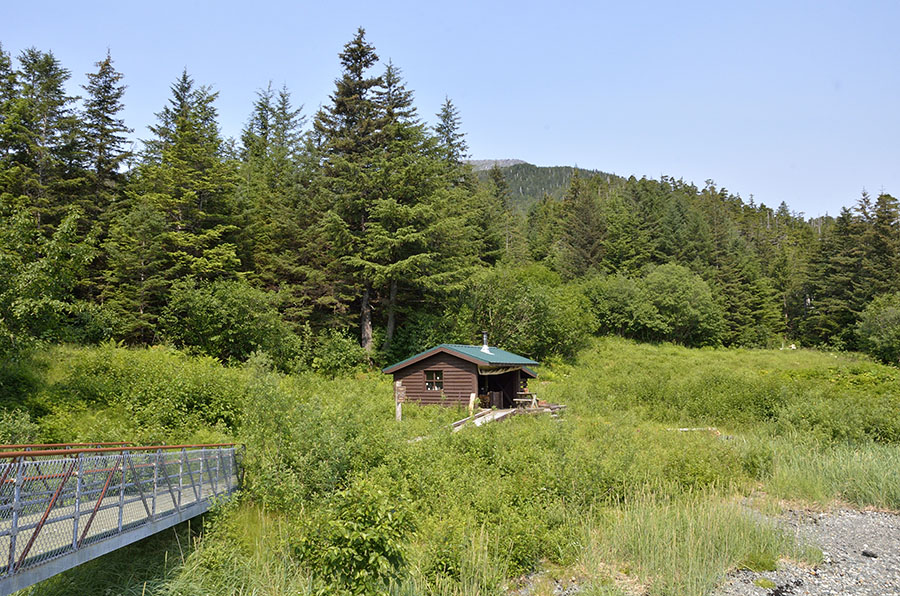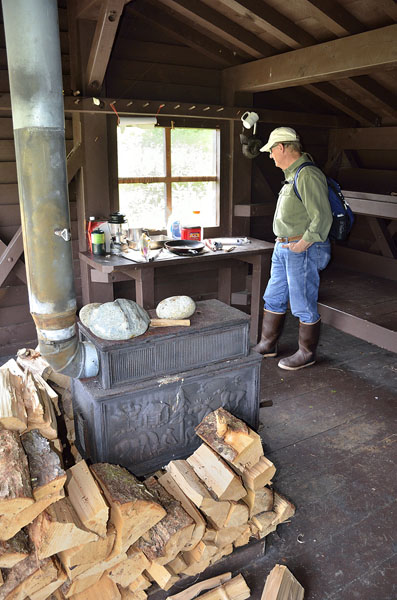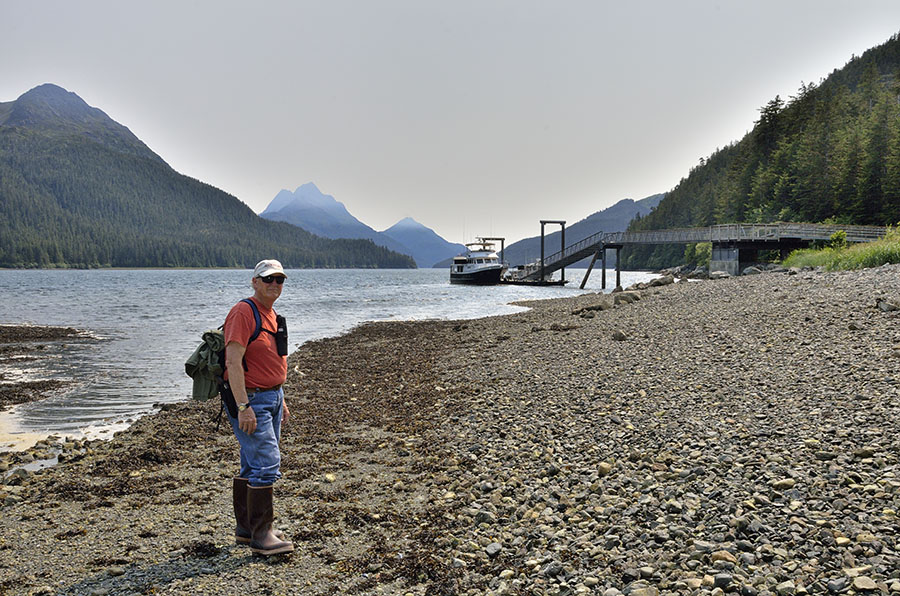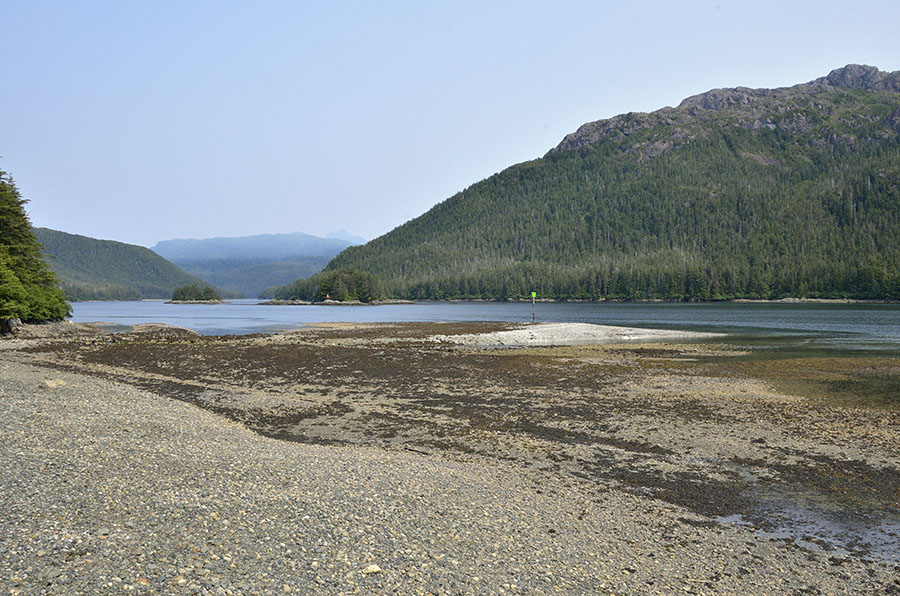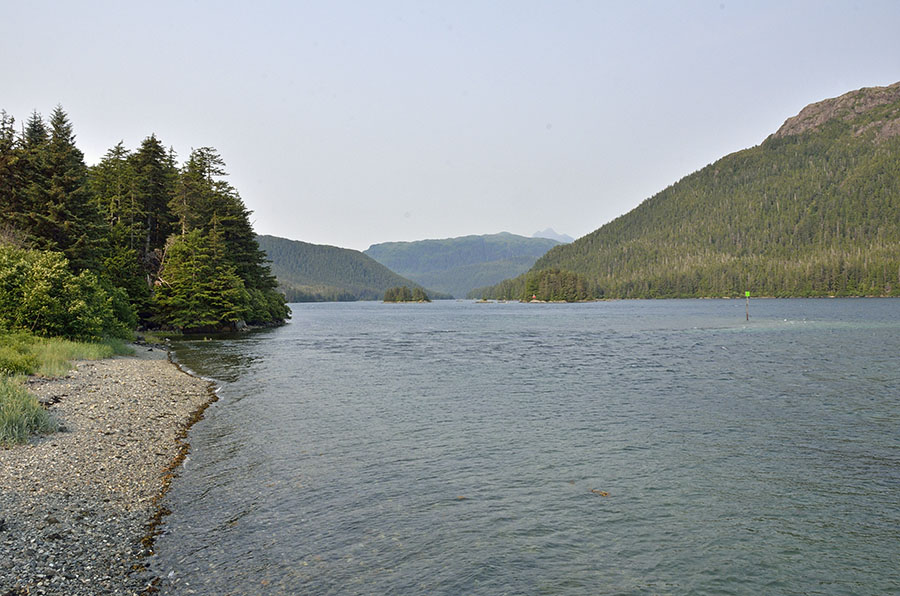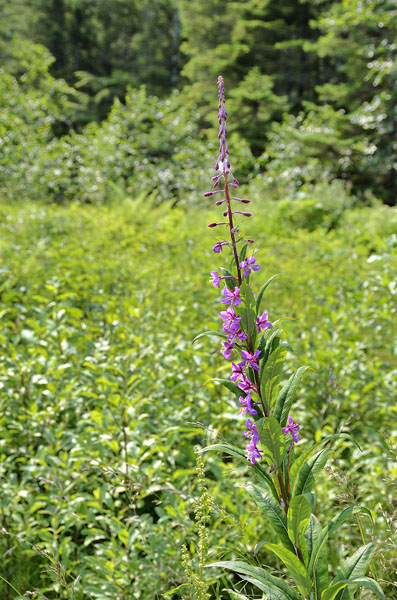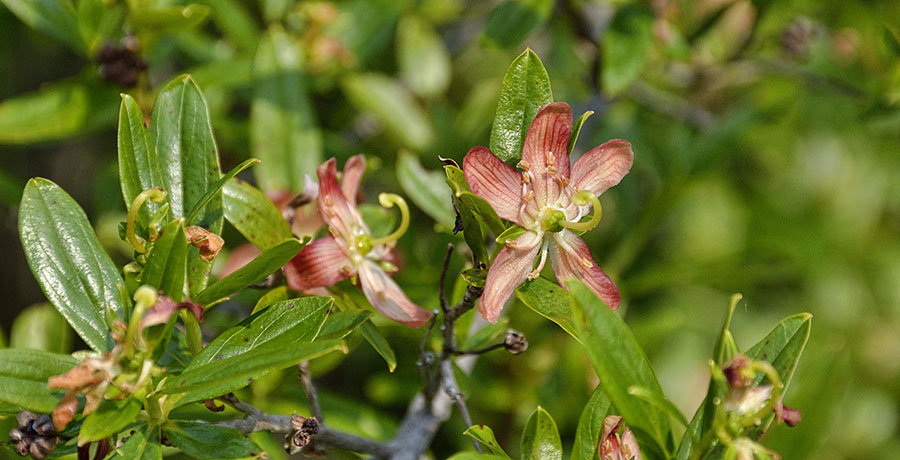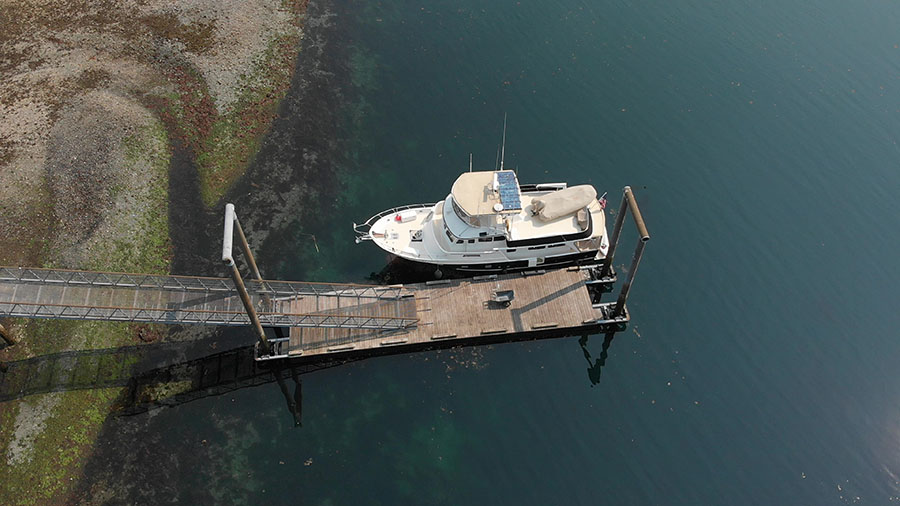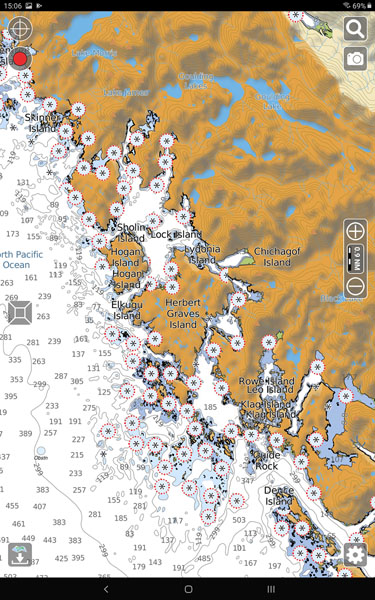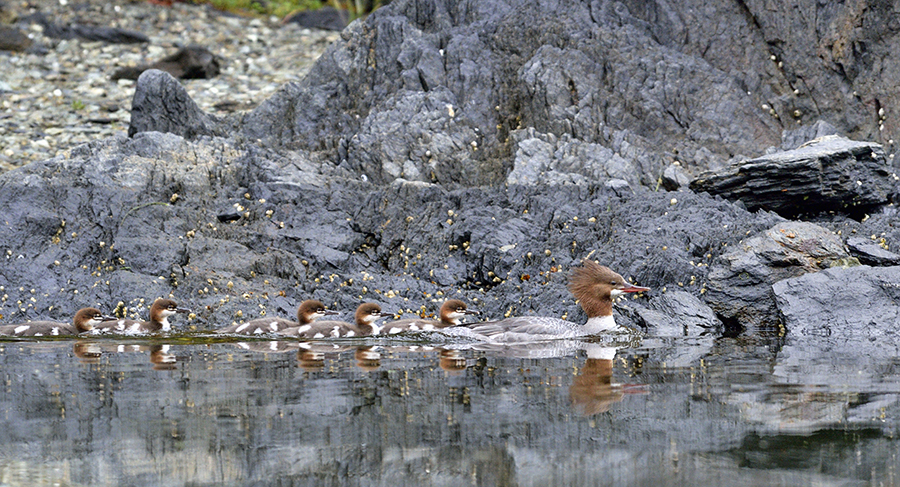Even though we’re exploring the outside coast of Chichagof Island, there are plenty of hidey holes and rocky passages where we can find protection from ocean waves. It’s daunting to look at the chart in some of these areas, and there’s no question that we have to pilot the boat with care – but it’s fun to be challenged. This is a very remote area though – not a good place to break down!
We stopped for a night in Kimshan Cove on the NW side of Doolth Mountain, site of a gold and silver mine in the late 1930s through the late 1950s.
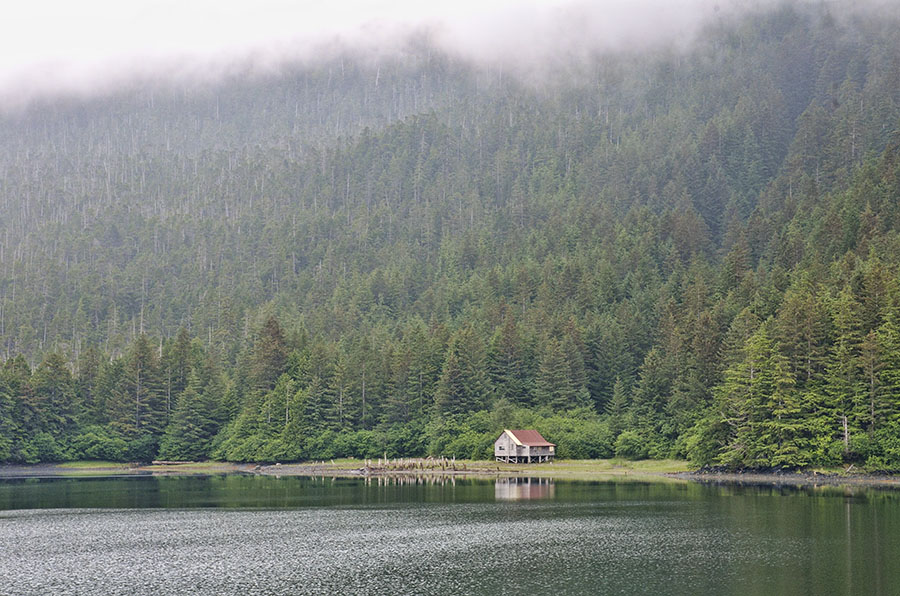
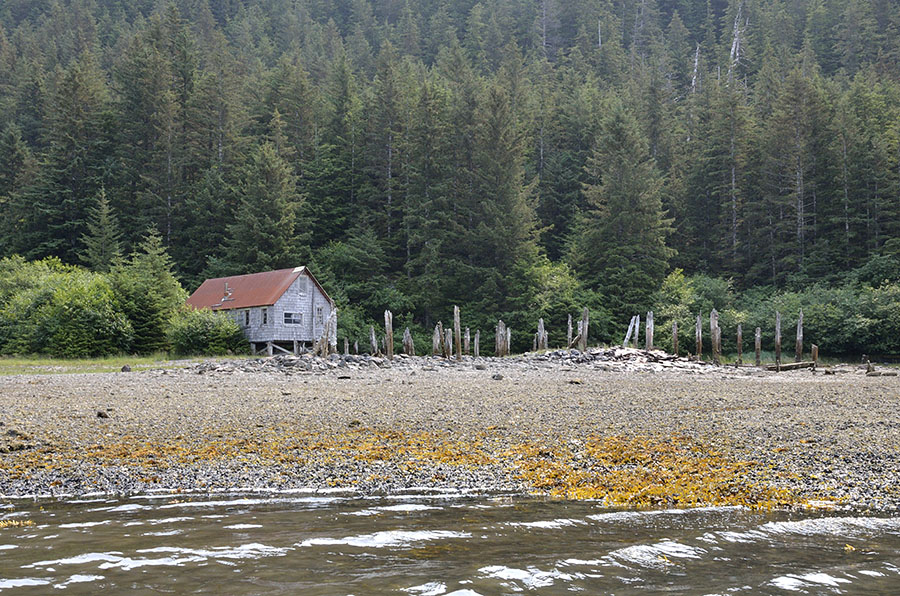
The building you see here is sort-of maintained as a shelter for kayak campers…
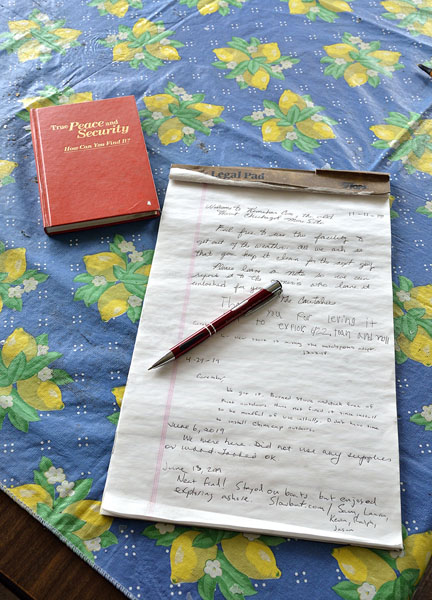
…and there was also a privately owned hunting cabin nearby. We had a hard time finding the mining ruins – the forest is reclaiming everything, and we’d need a machete to open up some of the overgrown trails. We hiked up a creek bed and found one building and a bunch of rusted drums – hopefully they were empty when they were left behind.
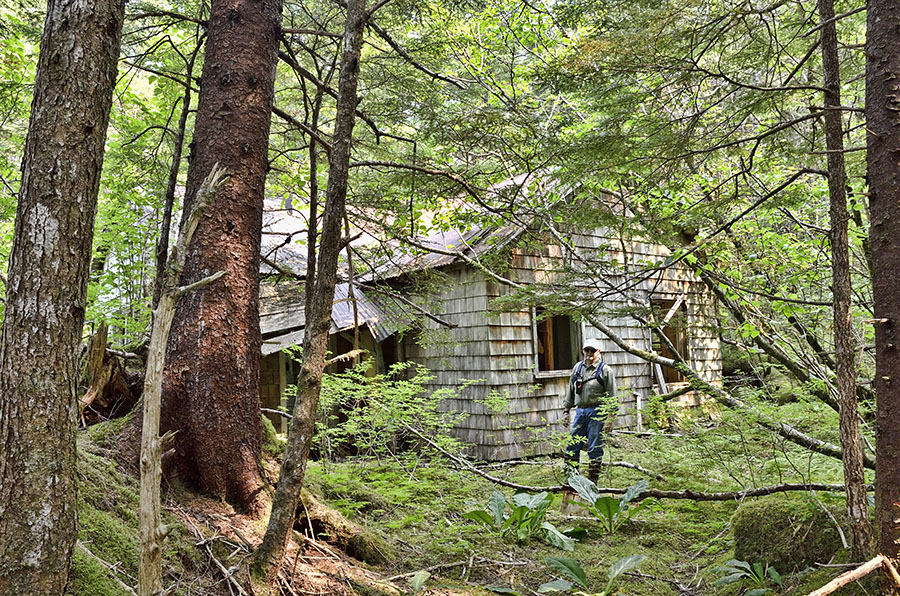
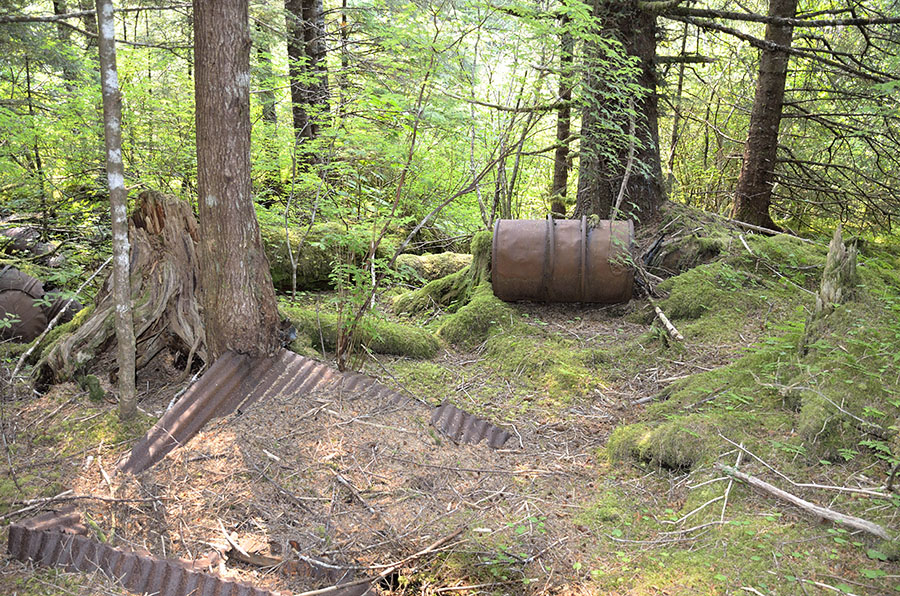
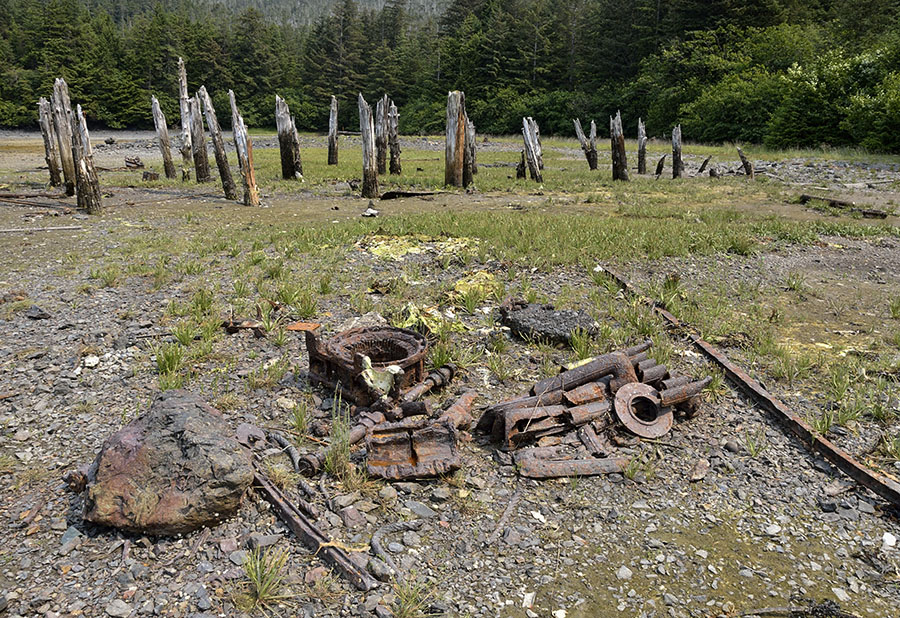
The next day we had a long, winding cruise to get to the other side of Doolth Mountain to visit a bigger abandoned mine site in Klag Bay. Klag Bay is a long, narrow bay with a short, crazy entrance channel (“The Gate”) and lots of wiggling around the rocks in Elbow Passage.
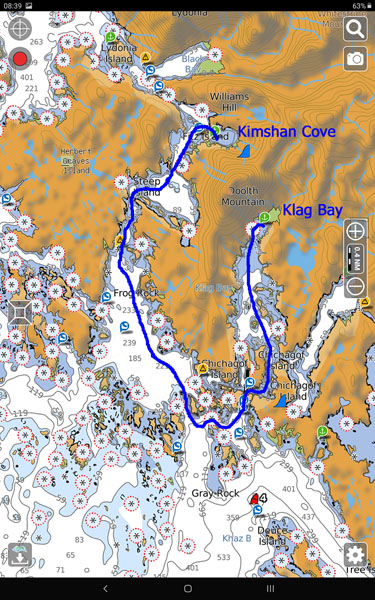
Klag Bay is about 45 miles north of Sitka, and it was an active gold and silver mine from 1905-1942. Again, we weren’t able to penetrate the thick woods very far, but there was plenty on shore to explore.
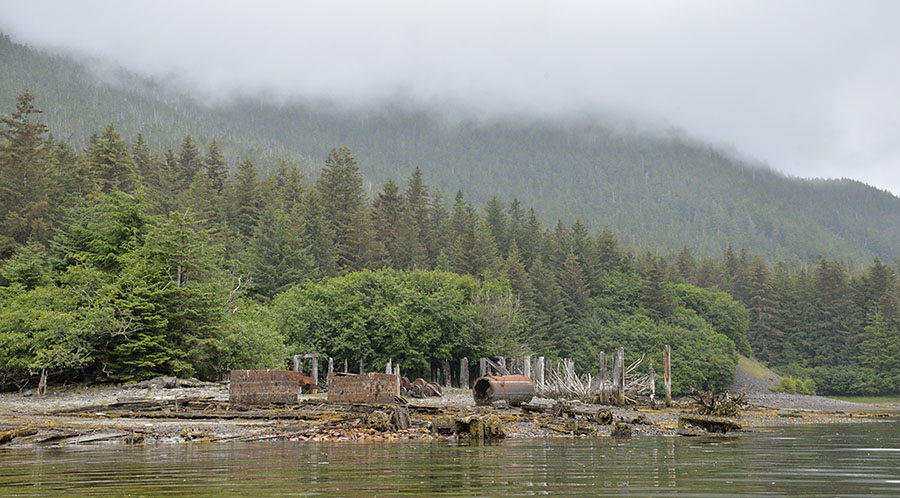
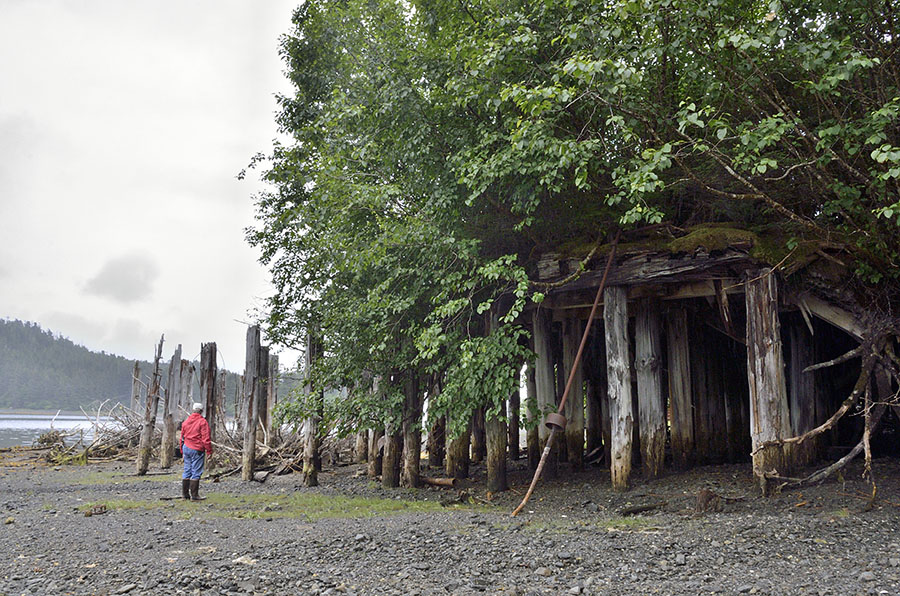

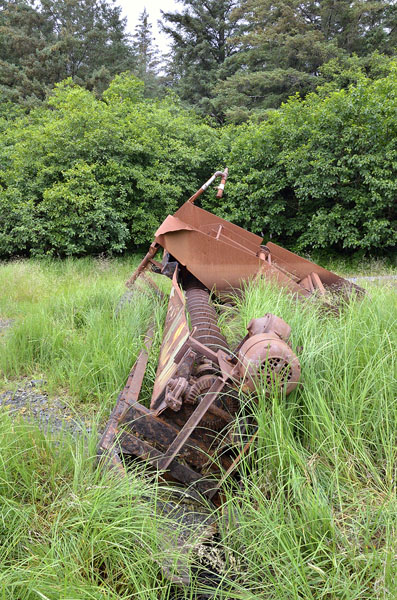
Among all the ruins and rusty equipment, foxglove was blooming – such pretty colors!
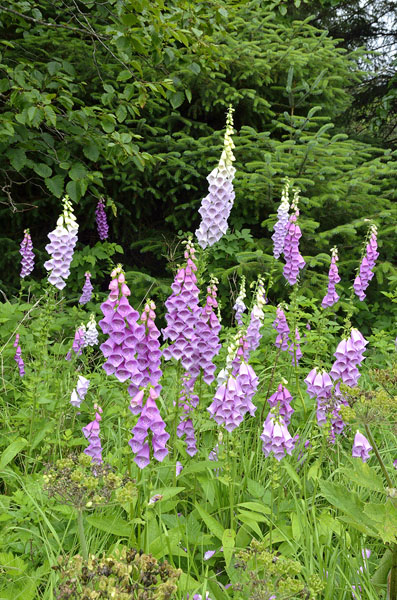
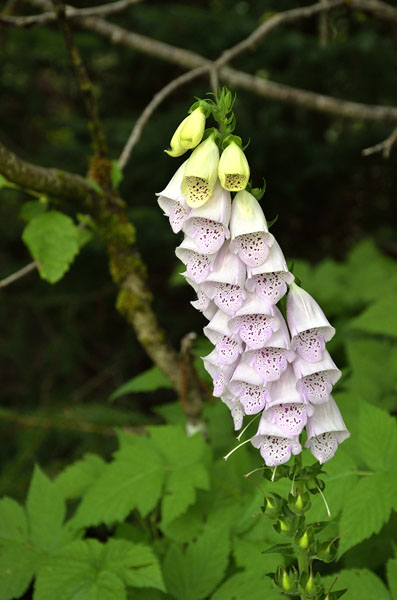
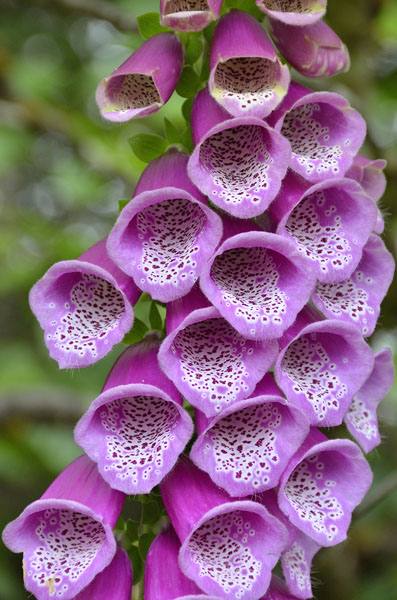
The perfection and beauty of the flowers seems so incongruous with the abandoned buildings and wreckage.
